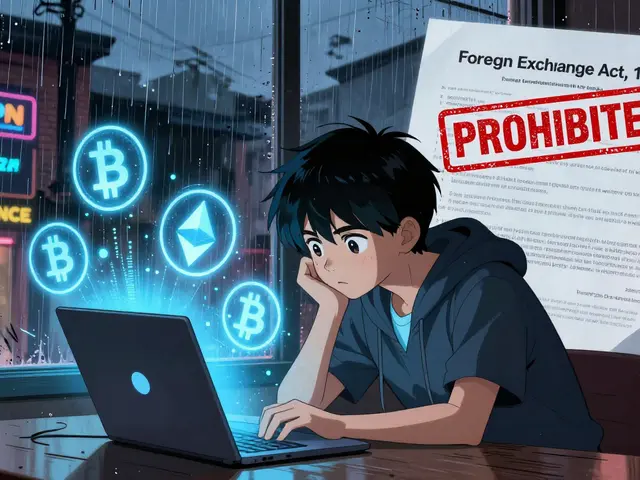Product Passports: Unlocking Crypto Asset Transparency and Trust
When dealing with product passports, digital records that bundle token details, compliance data, and provenance into a single, verifiable package. Also known as crypto asset passports, they aim to give every stakeholder a clear snapshot of a token’s story—from its creation to its current status. This concept bridges the gap between raw blockchain data and the regulatory world, making it easier for investors to assess risk and for platforms to meet legal standards.
Key Building Blocks Behind Product Passports
The strength of a product passport lies in its components. Tokenomics, the economic design of a token, including supply schedule, distribution methods, and utility provides the financial backbone. Blockchain metadata, technical info such as contract addresses, transaction history, and network identifiers supplies the immutable proof that underpins trust. Meanwhile, Regulatory compliance, checks against anti‑money‑laundering (AML), know‑your‑customer (KYC), and securities laws ensures the passport meets legal expectations. Finally, Decentralized identity, self‑sovereign credentials that let users prove ownership without exposing private data adds a privacy‑first layer for participants. Together these entities create a robust framework: product passports encompass tokenomics, they require blockchain metadata, and regulatory compliance influences their acceptance across markets.
In practice, a product passport becomes a go‑to reference for anyone evaluating a crypto project. Investors can glance at the tokenomics chart, verify the contract on‑chain via the metadata, and confirm that the project has passed the relevant compliance checks. Developers gain a standardized template to publish asset details, cutting down on ad‑hoc documentation. Regulators receive a clear, auditable trail that speeds up assessments while protecting user privacy through decentralized identity solutions. Below you’ll find a curated collection of articles that dive into the technical construction of product passports, explore real‑world airdrop case studies, compare blockchain data structures, and break down compliance requirements. These pieces will give you actionable insights, whether you’re building a new token, conducting due‑diligence, or simply staying ahead of the curve in the evolving crypto landscape.
Learn how NFT anti-counterfeiting works, its benefits over traditional methods, implementation steps, real-world use cases, and future trends in a clear, practical guide.
Read More





